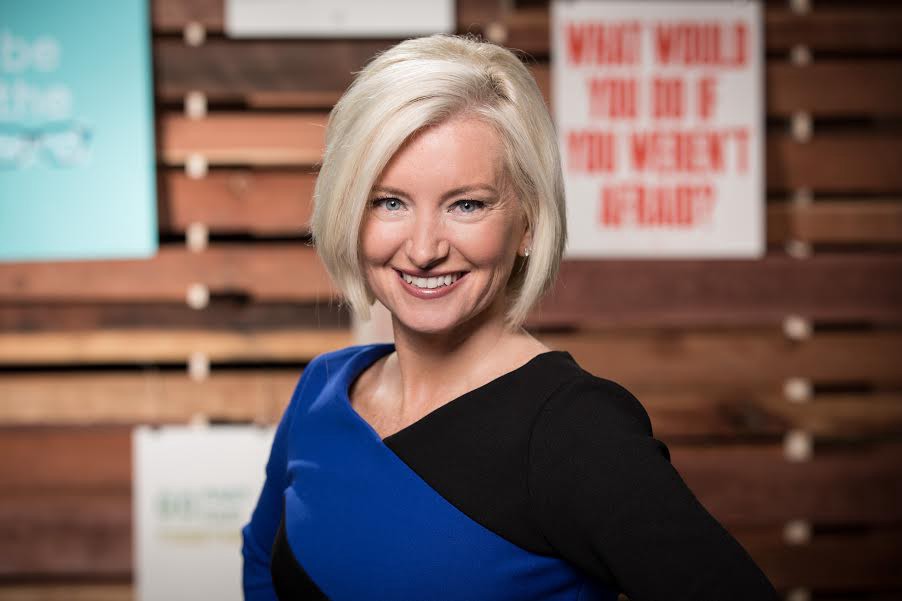Too infrequently do we pause in our days, weeks, or even months, to check-in on how our energy is being used to advance the things that are most important to us. Too often, we let our days drive us.
Companies have annual plans that outline the direction they take. Classrooms have syllabi that determine the course work. The notion that an individual could also have a plan was always something that intrigued me.
I began working with Lisa McCarthy, a friend, my coach, and Founder and CEO of Fast Forward Group. She encouraged me to think differently about how I might lead life with greater intention, and offered a tool to help me do so.
For the past four years, I have written an annual vision statement: essentially, a letter to myself dated one year in the future, outlining all of the things I have accomplished in that year. I write — in acute detail– what I have enacted across the three elements of my life: my personal initiatives, professional goals, and community service work.
At first, this exercise was super challenging for me. Admittedly, it was a lot easier to declare my goals for the year on New Year’s Eve, and then reflect on them 12 months later when I declared new resolutions — half of which were repeats from the year prior. But I found that the easy way wasn’t fulfilling. I wanted to live our family motto — “Life is Short, Create Memories” — to the fullest every day.
Psychologically, writing your accomplishments in the past tense (as if they’ve already happened), sets the momentum. In fact, you are 42% more likely to achieve something if you write it down.
Digging into the specifics of each of the pillars of my life (personal, professional, and community) is no doubt the hardest part of the exercise. My vision statement details how I have showed up as a wife, a mom, and as a part of our big family. It covers the progress I have made on my mental, spiritual, emotional and physical health: how many hours a night I have been sleeping, how I have practiced yoga regularly, even what my cholesterol level is. It details my focus at work: on our team, and for our partners. I write how, as a family, we have supported the causes and community work most important to us, and how I helped advance the work of non-profits I am committed to.
From there, I plan out how my vision will become a reality.
I identify any friction that will prevent me from achieving these goals in the next year, and identify steps to take to make changes. For me to be present at my daughters’ sports games and theater productions, what changes do I need to make to my travel schedule to ensure I am there? So that our organization is the best place for people to thrive, what improvements do I need to make as a manager and a leader?
The last step in the vision writing process is to share my vision: firstly, with my family, and then with my team at Facebook. In fact, I share this vision across the company. While this is not an easy thing to do, the practice establishes a supportive environment, builds accountability, and makes my priorities clear — so that decisions made are intentional and thoughtful, versus reactive. I check-in on progress against my vision regularly, making tweaks throughout the year. For my team, visions have become part of our check-ins. As a manager, I care about their whole self: their happiness is intrinsic to their success — both in and out of work.
Vision writing has been a game-changer for me, and for many people on our team at Facebook. The sense of clarity and purpose has freed up time spent moving fast in a million directions, enabling me to focus on what is most important in my life.
Originally published at journal.thriveglobal.com


